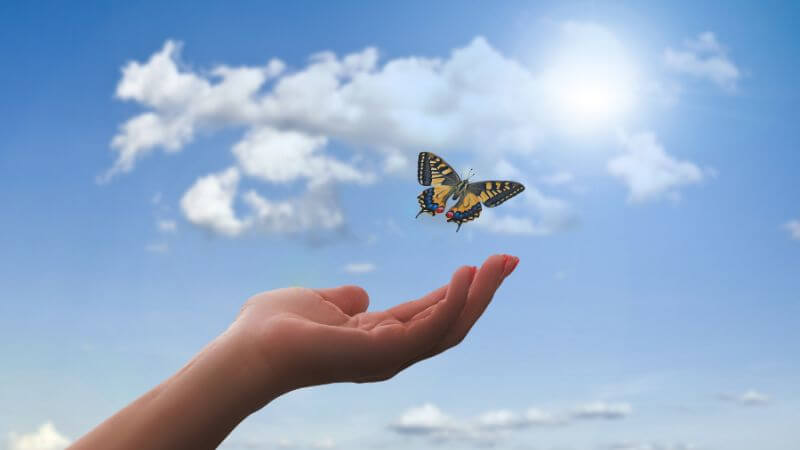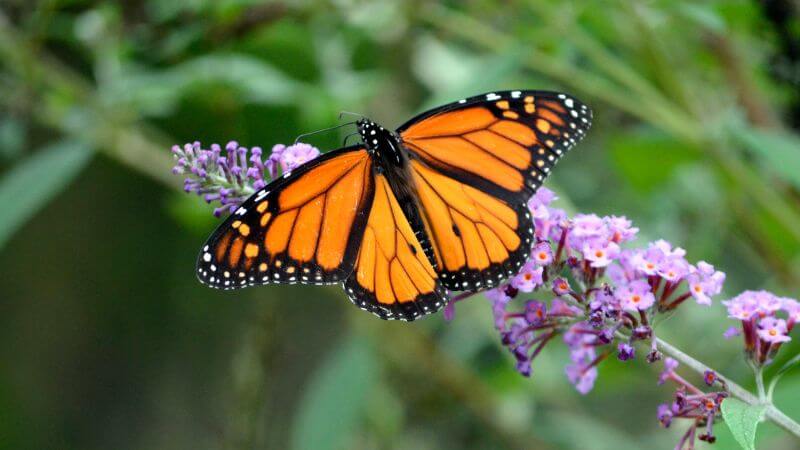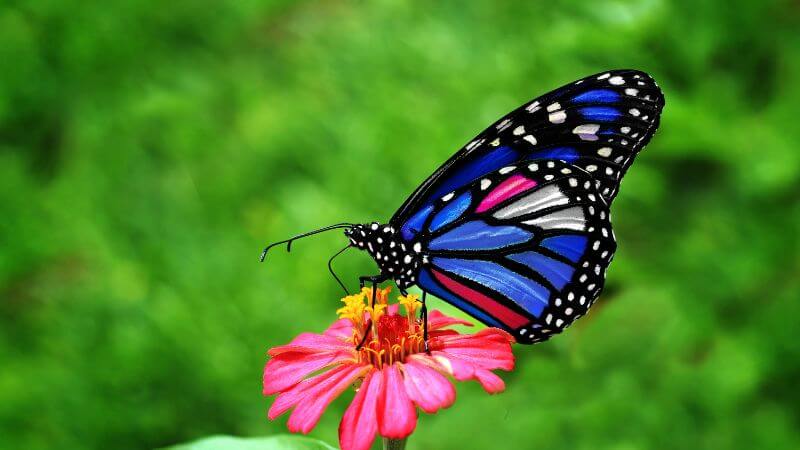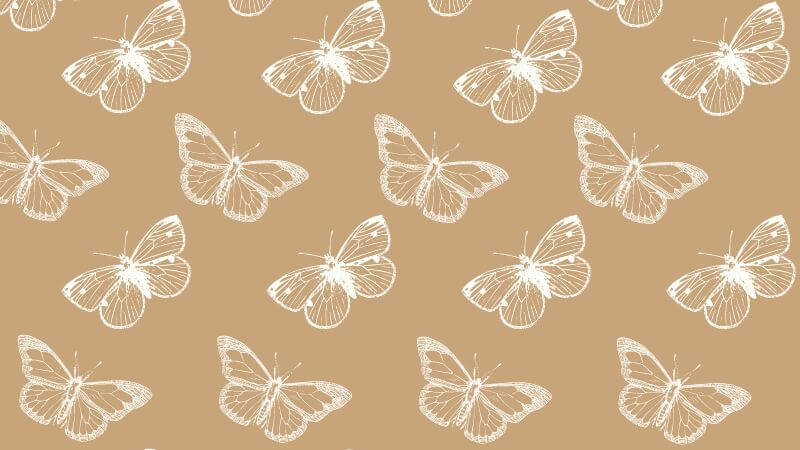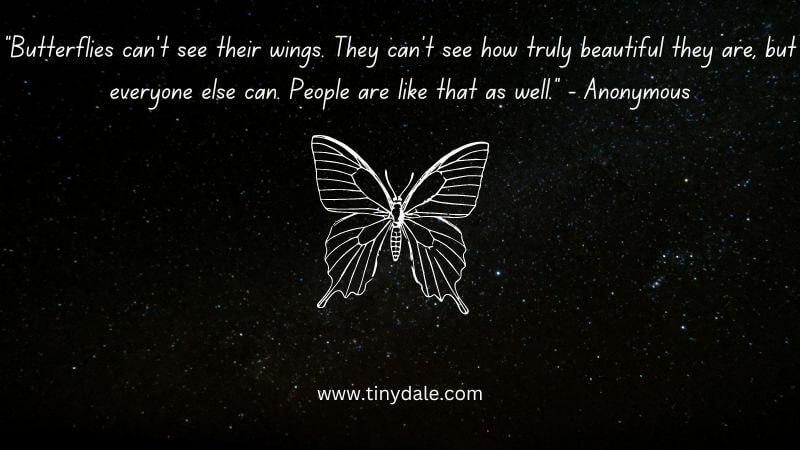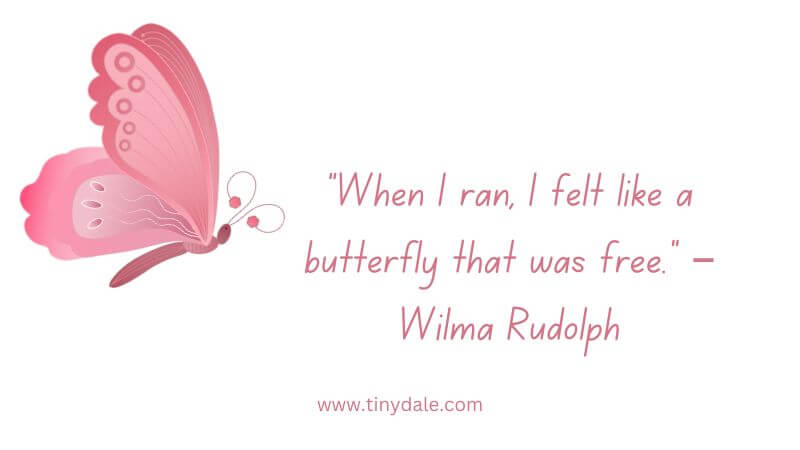Butterfly facts for kids are an excellent method to interest kids and students in bugs, insects, and other little outdoor critters.
Because they first resemble worms before changing into completely distinct, winged insects, these lovely creatures are fascinating.
Young children also find the chrysalis or cocoon phase to be quite intriguing, especially when the eggs start to hatch.
One of the lovely things about butterflies is how easily one may approach them.
You may go to your neighborhood park, your backyard, or the schoolyard to witness some in person.
It will always be intriguing to learn about butterflies and caterpillars, but seeing them in the wild heightens our enthusiasm.
Butterfly Facts For Kids: Introduction
As an insect with three body sections (the head, thorax, and abdomen) and six legs, a butterfly has antennae.
All insects have this trait. However, butterflies also possess a few traits that other insects do not, such as wings.
The larvae (caterpillars) and adults of butterflies both eat and lay their eggs on blooming plants, which are essential to their survival.
They have a lengthy history of sharing the same evolutionary process as flowering plants.
Numerous anatomical characteristics of plants and their pollinators are connected.
Other distinguishing characteristics of butterflies include their astounding variety of colors and designs, as well as their wings.
Life Cycle Of A Butterfly
A butterfly’s distinctive life cycle aids in separating it from other species of animals.
-
Egg
A butterfly begins its existence as an egg, develops into a caterpillar larva, creates a chrysalis, and finally changes into an adult.
When a butterfly’s mother places an egg on a plant, life starts for that butterfly.
Her selection is crucial since the butterfly will eat that plant as its first diet when it transforms into a caterpillar.
-
Larva
The butterfly larva develops after the butterfly hatches.
Caterpillars are the common name for butterfly larvae, which come in a variety of fascinating colors and forms.
Every caterpillar’s only duty is to eat.
They gorge themselves on as much food as they can since they will need it to power the amazing change in the following stage of their life cycle.
Lots of growth occurs as a result of all that feeding.
During the larval stage, caterpillars can increase in size by 100 times!
Caterpillars eventually grow to a size that they can no longer fit inside their exoskeleton and must build a new one.
-
Chrysalis
When a caterpillar is large enough, it will cling to a support, such as a twig. Its exoskeleton disintegrates, leaving a dangling bag behind.
The caterpillar’s body changes within to become the form of an adult butterfly.
While certain butterflies only reside a couple of days within their chrysalis, many may require over a year before they can begin to metamorphose.
-
Adult
The mature butterfly finally emerges from the cocoon.
Adult butterflies, unlike caterpillars, primarily consume flower nectar and go from blossom to blossom pollinating plants as they do so.
Butterflies like warm weather. They can’t fly if they become too chilly.
To stay warm when the weather becomes chilly, butterflies seek a sunny location.
Fun Butterfly Facts For Kids
Check out the fascinating information below if you want to enrich your time spent learning about butterflies and caterpillars.
- Puddling is the term for the behavior of male butterflies when they take a drink from mud puddles. To obtain minerals that aren’t present in flowers, they do this.
- If a butterfly’s body temperature falls below 86 degrees, it cannot fly.
- Almost all butterfly species have unique combinations of wing forms, colors, and patterns.
- Although butterflies don’t sleep as people do, several species may get together to rest in groups known as “roosting.”
- The majority of butterflies don’t survive long. The 10-day life cycle of the Priam’s birdwing butterfly!
- Contrary to what you might believe, butterflies have four wings.
- The female Queen Alexandra’s birdwing, with a wingspan of more than 25 cm, is the biggest butterfly in the world!
- The Western Blue Pigmy butterfly, which measures about 2 cm in width, is the tiniest.
- Butterflies use their feet as taste buds!
- The majority of butterflies are deaf! They interact visually and chemically rather than using voice to communicate.
- The 6,000 lenses in a butterfly’s eye allow them to see in green, yellow, and red! It aids them in identifying flowers and other food sources.
- Many butterflies use their feet as taste buds to determine whether the leaf they are sitting on is suitable for laying eggs on and serving as food for their larvae.
- Butterflies are exoskeletons, which means that their skeleton is external to their body.
- This guarantees that water remains inside of their bodies to prevent drying out.
- Butterflies play a crucial role in pollination. When bees don’t visit cotton blooms, they cross-fertilize them.
- Butterflies come in 17,500 distinct species.
Butterfly Facts For Kids: Food Habits
Butterflies require the vitamins and minerals from certain plants to develop into butterflies.
Caterpillars of butterflies will only consume the leaves of specific types of plants.
Adult butterflies tend to ingest nectar from the flowers they forage on often.
The long tongue of a butterfly, known as the proboscis, which serves as a sort of straw, is used to suck up honey.
Additionally, butterflies will consume fruit juice and water, especially soft, decomposing fruit.
Other butterflies will eat tree sap, decomposing animal debris, or other organic materials that they find in the environment.
Creepy Butterfly Facts For Kids
One of the most exquisite species on the earth, butterflies are intriguing creatures.
The butterfly is no different, though, since every adorable creature has its own dark little secrets.
They do not own any kind hearts. Behind those more vivid wings are deeper tones.
And the beauty you see is a total illusion.
- Butterflies feed on the nectar of flowers and get their water from puddles by drinking through a long proboscis.
- Although they do this, butterflies do not exclusively eat things from flowers.
- They can even ingest human blood and perspiration since their proboscis is so minuscule that you cannot feel them feeding on you.
- Carnivorous butterflies exist. Some caterpillars live off of murder.
- The North American Harvest butterfly deposits its eggs on woolly aphid colonies, and the young caterpillars eat the aphids as they grow up.
- Since flowers do not contain enough sodium, butterflies are drawn to salty foods.
- Certain butterfly species are drawn to human urine because of its high salt concentration.
- They also consume reptile tears to supplement their diet with much-needed salt.
- Some creatures survive by eating anything that has been thrown out or gone bad, including fruit.
- But more frequently feces and the flesh of recently deceased animals and people.
We refer to this behavior as “mud puddling.” - The butterflies consume salts, carbohydrates, and proteins from mud puddles.
- the Heliconius charithonia, a zebra longwing. Although it appears rather benign, it has the most unsettling secrets.
- Despite seeming like caterpillars, they are cannibals.
- In other words, they eat their own siblings. These could be the most startling butterfly facts.
- Additionally, butterflies engage in a practice known as “pupal rape” or “forced copulation.”
- A pupa is a butterfly while it is in its chrysalis, transitioning from a larva to an adult.
- A group of males gathers around a female as she prepares to emerge from her cocoon, waving their wings and elbowing one another aside.
Threatened Butterfly Species

Some endangered butterfly species, like the marsh fritillary butterfly, have seen a drop in population as a result of habitat degradation.
The marsh fritillary butterfly is endangered not only in the UK but also in the rest of Europe.
Numerous initiatives are being taken to save this species of butterfly.
Restoration of land that is ideal for marsh fritillary butterfly habitat is part of the conservation efforts.
Marsh fritillary butterflies have vivid wings that are brightly coloured and exquisitely designed.
The wings of marsh fritillary butterflies found in Scotland and Ireland are more heavily marked.
Their primary source of nutrition is a lilac-blue flower with a rounded head known as “Devil’s-bit-scabious.”
You can observe marsh fritillary butterflies from mid-May until mid-July.
Conclusion
After learning quite a few fascinating butterfly facts for kids, you may try planting some pretty flowers and plants in your garden to attract these gorgeous animals.
Tinydale is on YouTube, Click here to subscribe for the latest videos and updates.
Follow Us: Facebook | Instagram | Twitter | Youtube | Pinterest

